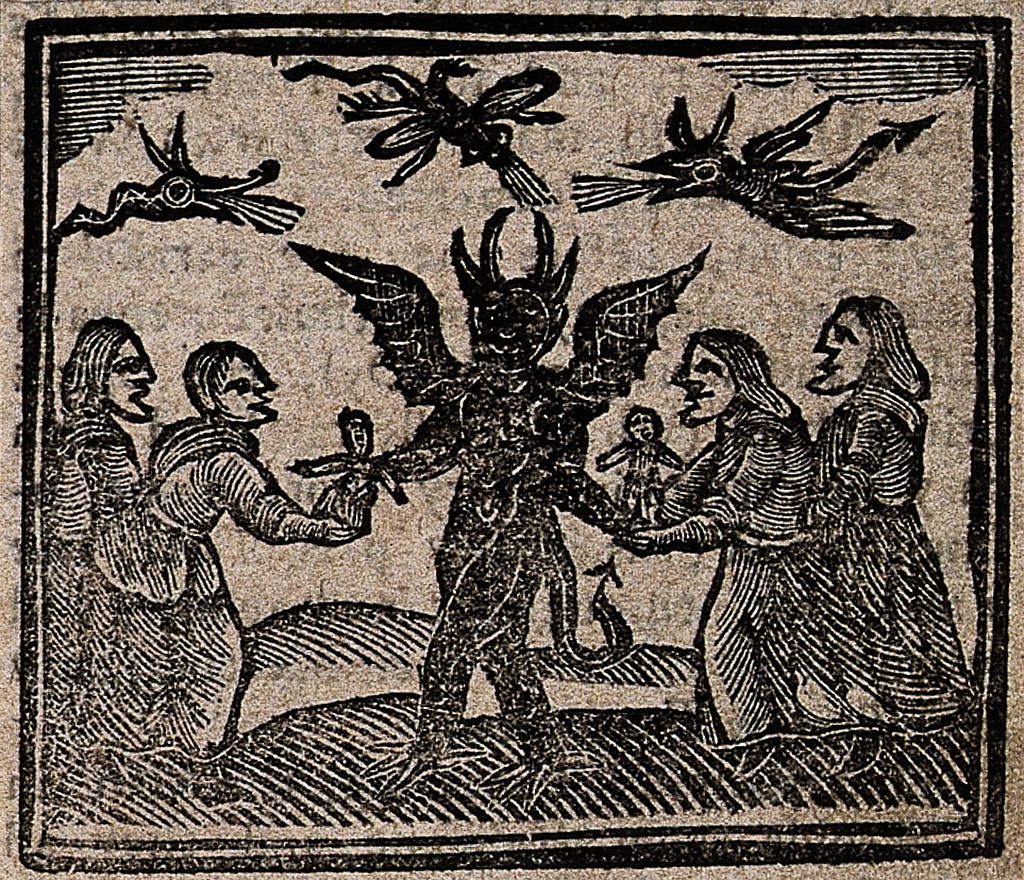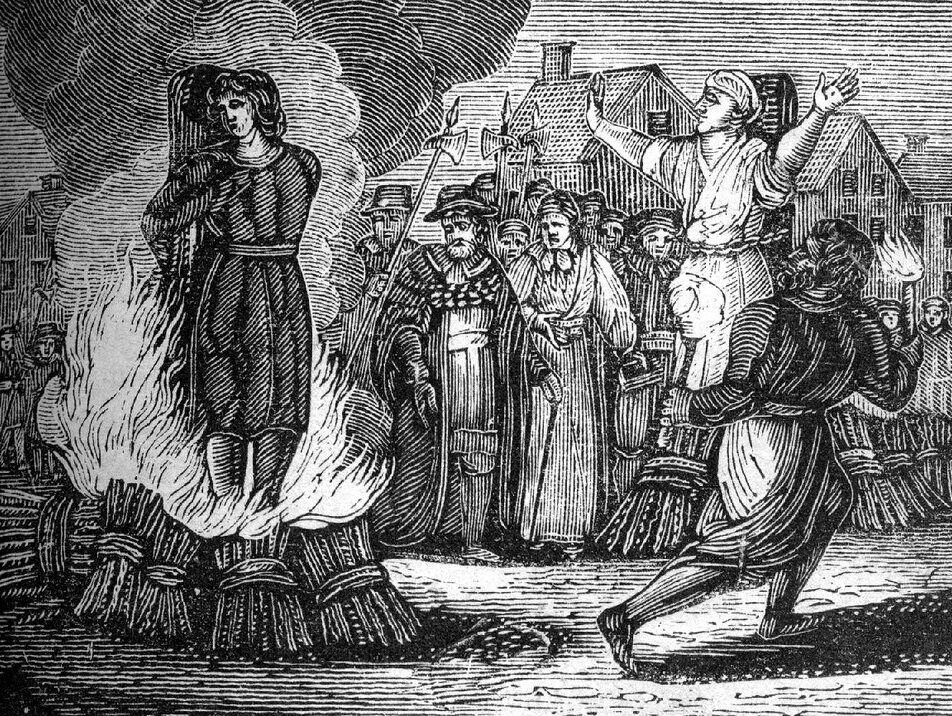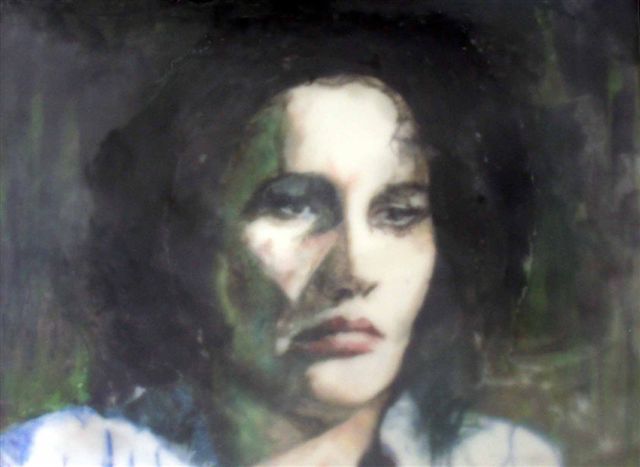Recent steps aim to rehabilitate witches and wizards executed in past centuries. A rather positive movement, according to the Vaudois medievalist Martine Ostorero, but which must be accompanied by a deeper understanding of the phenomenon of witch hunts, and an awareness that these mechanisms are still relevant.
A Bill in the Scottish Parliament should be discussed in summer 2022 on the advisability of pardoning the nearly 4,000 people executed after convictions for witchcraft, in Scotland. 84% of them were women.
A request for a declaration of innocence for Elizabeth Johnson Jr. has also been pending before the authorities of the State of Massachusetts since the summer of 2021. She is one of the last “witches of Salem” not to have been pardoned. by a special law in 2001.
The witch hunt claimed tens of thousands of victims in Europe. A phenomenon that still outrages today, while conveying many received ideas. Decryption by Martine Ostorero, associate professor in medieval history at the University of Lausanne.
How do you view the rehabilitation process for witches?
Martine Ostorero: I would first like to say that these requests are not new. There have already been rehabilitations of witches in the past, notably in Switzerland, for Anna Göldin (1734-1782), the last witch executed in the country, or the Catillon, burned in 1731 in Fribourg. A commemorative plaque has also been placed in front of the Château d’Ouchy, in Lausanne, to recall the tragic destiny of these women.
“We consider that a quarter to a third of the condemned were men”
I think that rehabilitations are interesting gestures, in the sense that they allow us to remember what happened and to understand it better. It is always useful to look back on the dark pages of our history.
Can these gestures raise awareness in countries where witches are still persecuted today?
I don’t think people in countries where witchcraft is still a problem can feel very concerned about what is happening in Scotland. It would be risky to generalize the phenomenon. The witchcraft practiced in Africa or in other parts of the world is very different from that which may have been practiced in Europe. The contexts, as well as the people involved, are really not the same.
Who were they, exactly?
I have spent nearly 20 years examining witchcraft trials that occurred primarily in the canton of Vaud. I can say that the profiles of the convicts are very diverse. Contrary to popular belief, they weren’t necessarily old, lonely, marginalized women. People appearing before the courts are of all social categories, of all ages and of all conditions. There are well-established and wealthy people there.
How do we explain this?
People are charged on tip-off, a phenomenon from which no one is immune. Allegations of witchcraft often stem from rumours. They are frequently used for settling scores, sometimes perhaps simply as jealous neighbors. It is a phenomenon of instrumentalization of the law like that which affects the laws on blasphemy in certain countries at the present time.
“The condemned people were in no way a kind of shaman”
It is easy to accuse someone of witchcraft or blasphemy. These are very abstract “crimes” from which it is difficult to excuse oneself. Mere suspicion leads to a trial.
There were also, for witchcraft, financial interests. For the property of a condemned person could be confiscated by the local lord.
But why are women the main victims?
It is considered that a quarter to a third of the convicts were men. There were also children. It is difficult to say exactly why women were in the majority among the victims. In a misogynistic society, they were stigmatized and could certainly defend themselves less well than men. Women were also more associated with alternative healing practices.
So some of them were real “witches”?
Some had probably inherited herbal healing practices or other types of alternative medicine that were considered witchcraft. For others, everything was made up, and the settling of accounts was the only reason for denunciation.

“We cannot say that the Catholic Church did not carry out a trial, but it did so with greater caution”
In this regard, nothing can be generalized. It also cannot be ruled out that some defendants actually tried to harm someone by using their supposed “gifts”, including casting spells.
Was it also a question for the Church of eliminating the survivals of pagan practices?
Not at all. In fact, people who did indeed have alternative “medical” practices were fully in line with Christianity. These people were by no means some sort of shaman. The Church has attempted to cast them as devil worshipers and summoners of demons to justify their eradication from Christian society.
Prayers formulated on a Christian basis were certainly sometimes distorted, but no one made the Sabbath or potions based on toad slime. They were people similar to those who today have the “secret” or the healers of our countryside.
What the Church had to repress at the end of the Middle Ages was not paganism, but religious dissidence, heresy.
Was the Catholic Church the main actor in the witch hunt?
There are a lot of misconceptions about this as well. The truth is more nuanced. It actually depends a lot on the times and regions. In Geneva and in the Pays de Vaud, the Catholic Church and the Inquisition played a significant role in the medieval period. But as soon as these regions passed to the Reform, the same procedure and the same contents were transmitted to the secular jurisdictions which seized it. It was civil courts that continued the witch hunt in modern times, which follows the Middle Ages (from the beginning of the 16and century), especially in Protestant regions. It cannot be said that the Catholic Church did not carry out trials, but it did so with greater caution, at least in modern times.
“Switzerland holds the palm in terms of witch hunts”
Was the repression of witches widespread in Switzerland?
Yes, we can even say that we hold the prize in this area. Switzerland, in proportion to the population at the time, burned perhaps twice as many wizards and witches as Germany, ten times as many as France, a hundred times as many as Italy.
How do we explain it?
One of the explanations is that the secular authorities used the crime of witchcraft to assert a judicial power, and high justice since they could condemn to death. However, in French-speaking Switzerland, there existed at that time a multiplicity of political entities and jurisdictional bodies. Witchcraft trials have become a means of legitimizing sovereignty.
In the kingdom of France, executions of sorcerers and witches were much rarer, probably because the king of France did not need them to assert his majesty which was basically more solid.
Witch hunts are associated with the Middle Ages…
In fact, it is a phenomenon that has been built up gradually over two centuries. We can provide many sociological explanations, such as the eschatological fears that increase at these times.
“Bill Gates is a bit like the ‘witch’ of our time”

But it is particularly interesting to note that the repression of witchcraft has developed somewhat like Fake News. Everything starts with invented facts, notably the Sabbath, which are collected in works which benefit from the invention of the printing press in order to be widely distributed. These “demonology manuals” bolster the credibility of witchcraft accounts. It is a self-sustaining dynamic. The various cases that break out end up convincing a large part of the population that wizards and witches really exist. From there, courts, authorities, but also a part of the population, feel legitimized, on the basis of these beliefs, to go so far as to kill. According to their rationality, they only fight the devil and evil.
Isn’t this reminiscent of current conspiracy theories?
Even if the consequences are not the same, certainly the mechanisms are similar. This includes finding scapegoats to give face and meaning to the bad things that affect and overwhelm us. In this sense, Bill Gates is a bit like the “witch” of our time.
Witches are sometimes perceived nowadays as rebellious women who fought against patriarchal society…
This romantic figure of the witch comes mainly from literary representations, notably from the work of Jules Michelet in the 19and century.
Personally, the brave Vaudois peasant women whose trials I was able to read had nothing rebellious about them. Their only fault was often being different. And, as I said, the only real basis of witchcraft were alternative medicine practices.
Since antiquity, the witch has been associated with a powerful and evil woman. But the women and men who burned at the stake were not powerful or dangerous, they were only the unfortunate victims of fears and vested interests. (cath.ch/rz)
Death to the witch
The documentary film “Death to the witch”, directed by Marie Nicollier and our colleague from RTS religion Cyril Dépraz, will be screened at Canva on the occasion of the 57th Solothurn Days. This Swiss historical documentary reveals the cogs of an infernal judicial machine that led to the stake of thousands of men, women and children. Martine Ostorero is one of the protagonists of this documentary. Screening on January 21 and 24 at Canva. > To the program. BH
© Catholic Media Center Cath-Info, 18.01.2022
The rights to all content on this site are registered with Cath-Info. Any distribution of text, sound or image on any medium whatsoever is chargeable. Registration in other databases is prohibited.
We want to thank the author of this write-up for this outstanding web content
“The Witch Hunt Has Developed Like Fake News” – Swiss Catholic Portal
You can find our social media profiles here , as well as additional related pages here.https://nimblespirit.com/related-pages/

